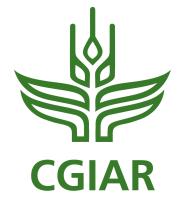Resource information
The Polymotu concept (poly=many, motu=island) is to use the geographical isolation of special sites for conservation and reproduction of individual varieties of plants, trees and even animals. This concept is mainly derived from previous initiatives in conservation of coconut palms by ancient Polynesians and some contemporary Thais. A quite similar concept has also been used by New Zealanders for conservation of endangered bird species. For instance, when a small island is planted with only one variety of coconut palms, breeding occurs only within this variety and certified seednuts are naturally produced. Conservation is secured by both the geographical isolation of the islands and the availability of certified seednuts. In 2009, the Polymotu concept was included in the global coconut conservation strategy developed by the International Coconut Genetic Resources Network (COGENT) and the Global Crop Diversity Trust. It moves this global strategy towards the involvement of more countries, sites and stakeholders. The Polymotu concept was enriched in 2010 during a visit in Samoa, in order for farmers to diversify their genetic resources and increase their incomes. We are presently launching initiatives to develop Polymotu in various regions: the Kepulauan Seribu National Park at the north of Jakarta, Indonesia; the Fakarava biosphere reserve and the Tetiaroa atoll in French Polynesia, Fiji and Samoa. Factors influencing the acceptance of Polymotu by the various stakeholders are discussed, together with collaborative research to be conducted during implementation of the projects. This paper discusses the origins and precursors of the Polymotu concept; presents the firsts initiatives to launch research actions linked to the Polymotu project, and discusses the need for further research to fully implementation this concept.


